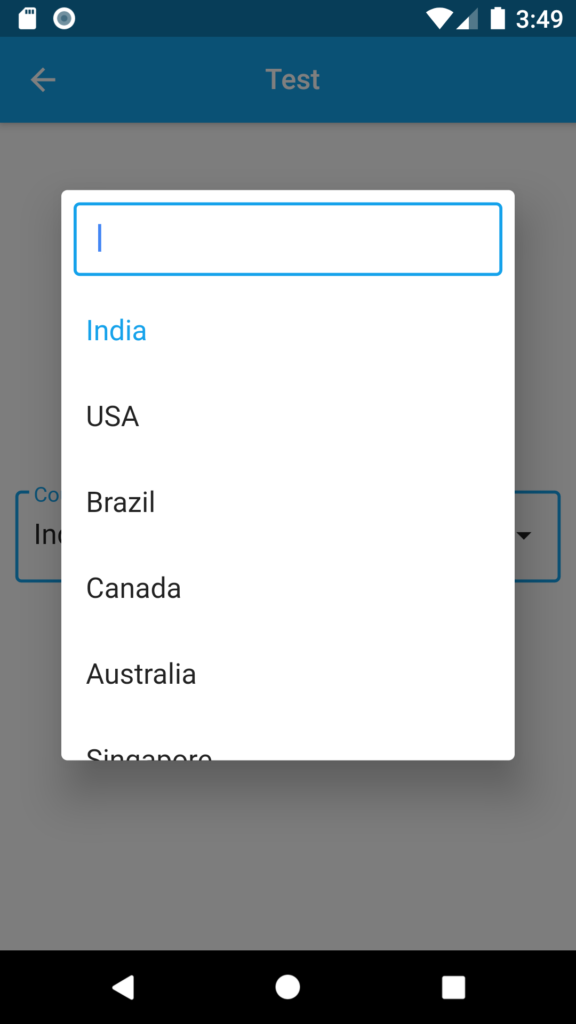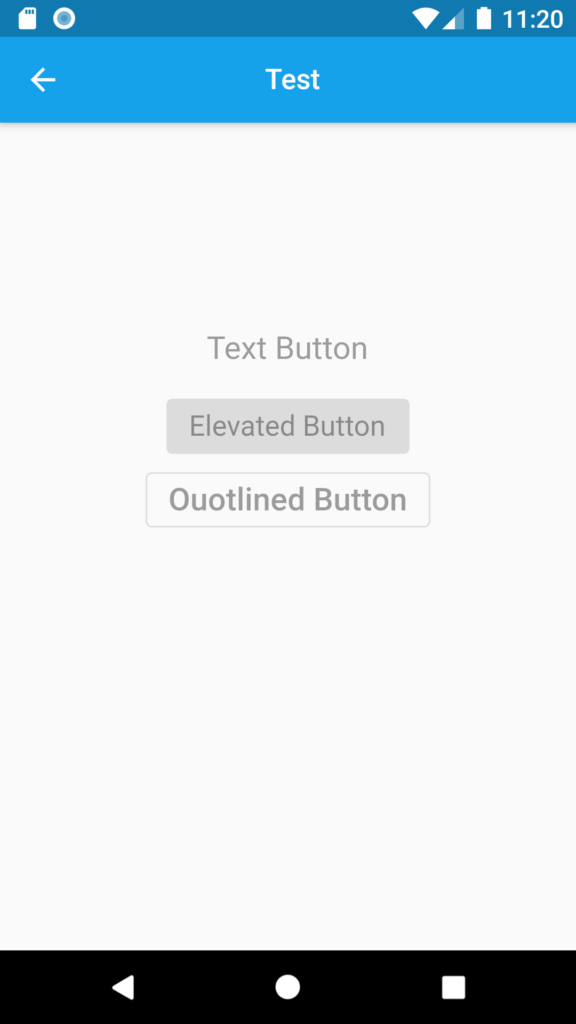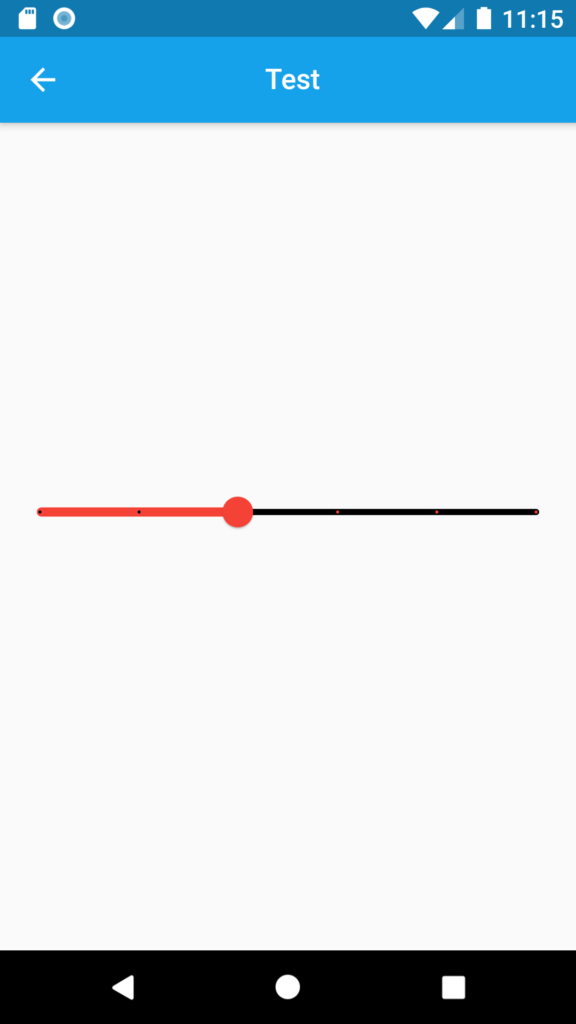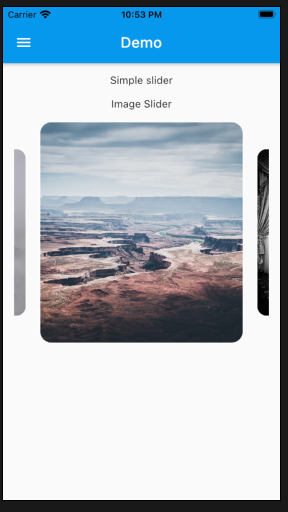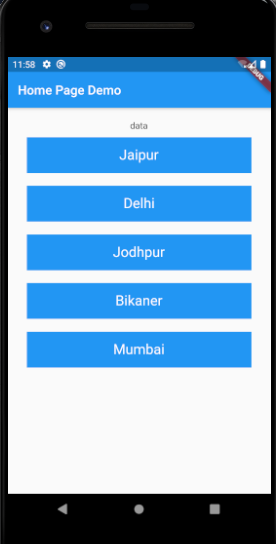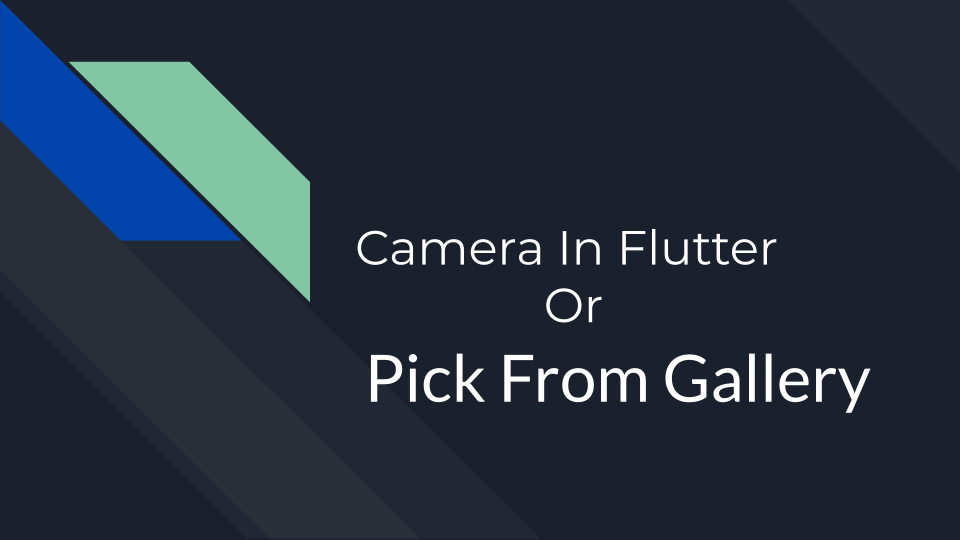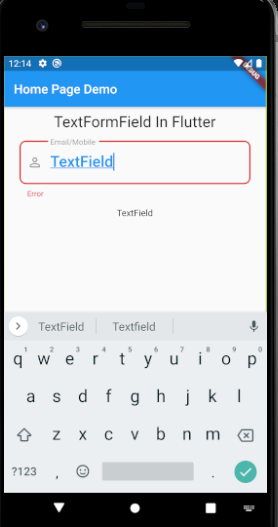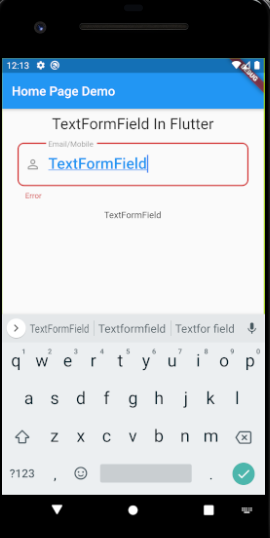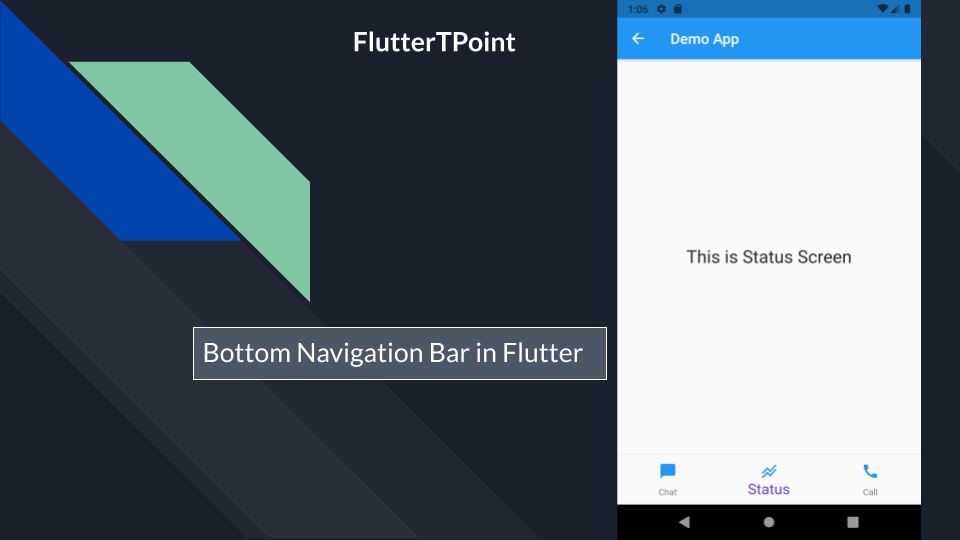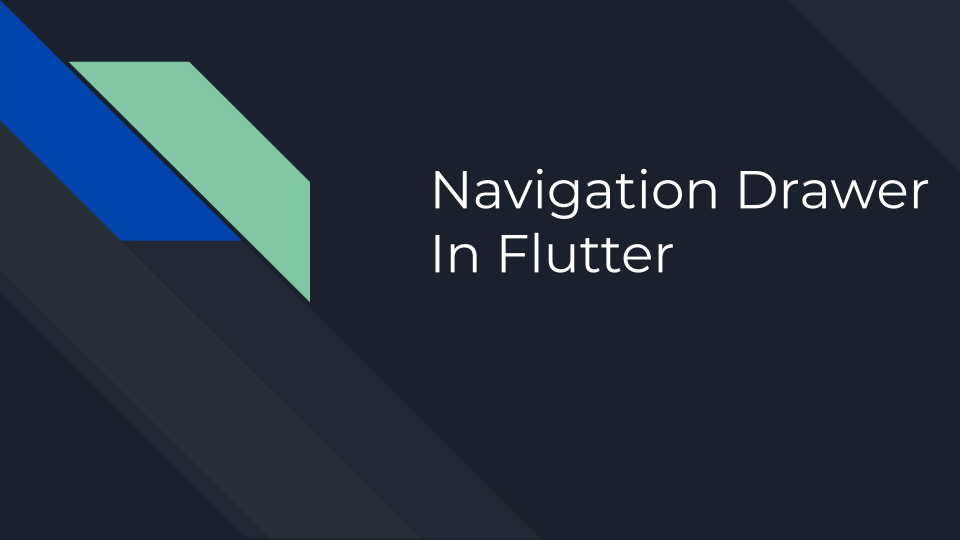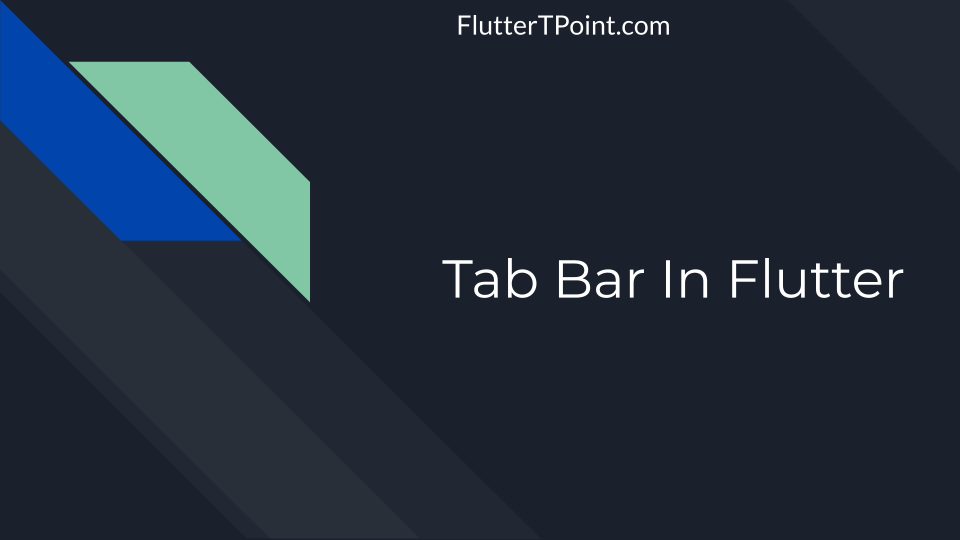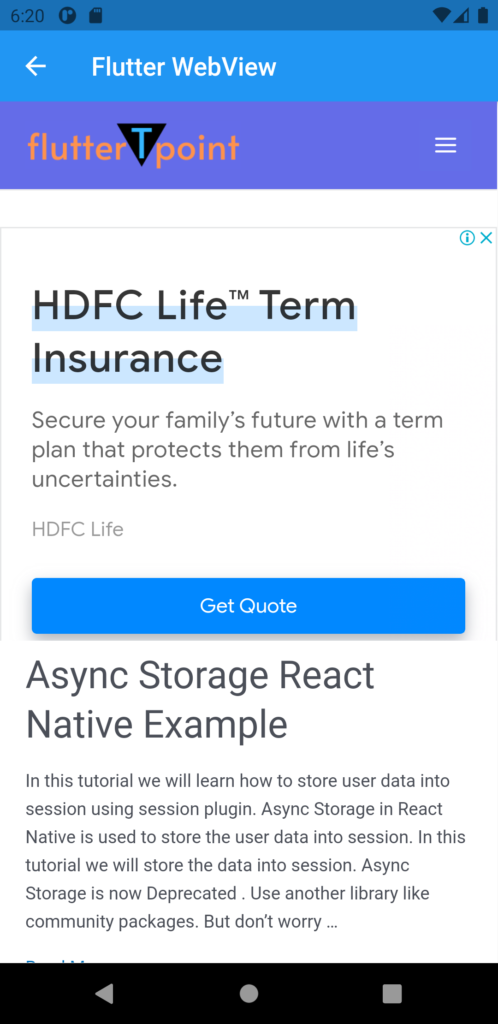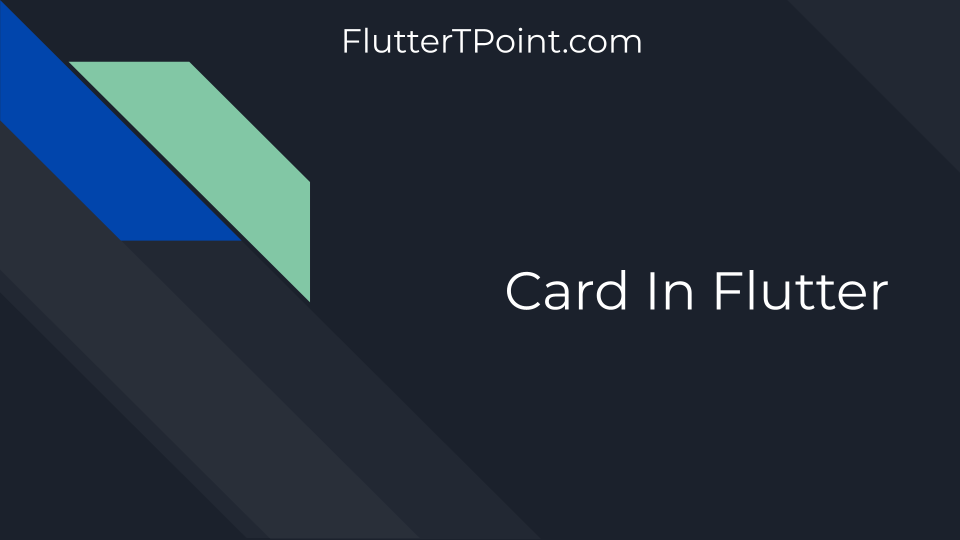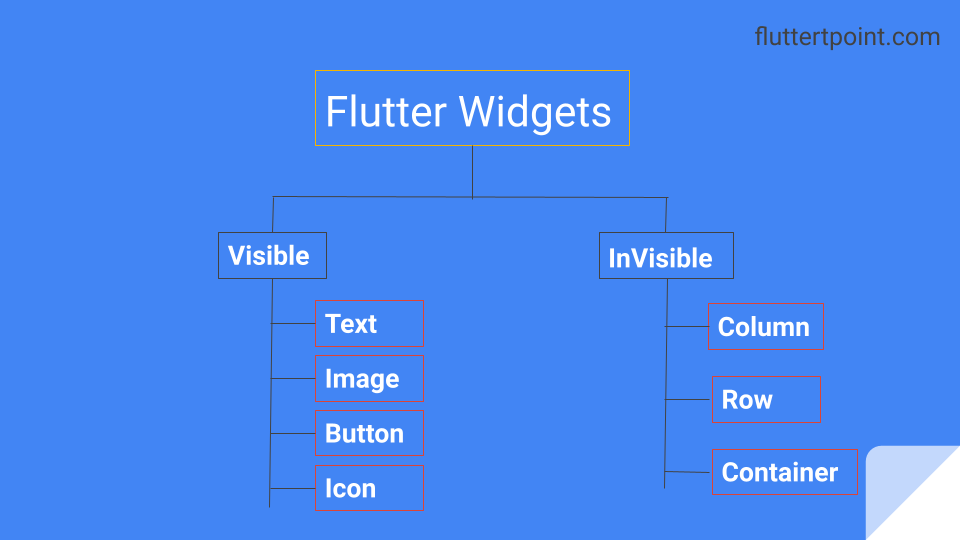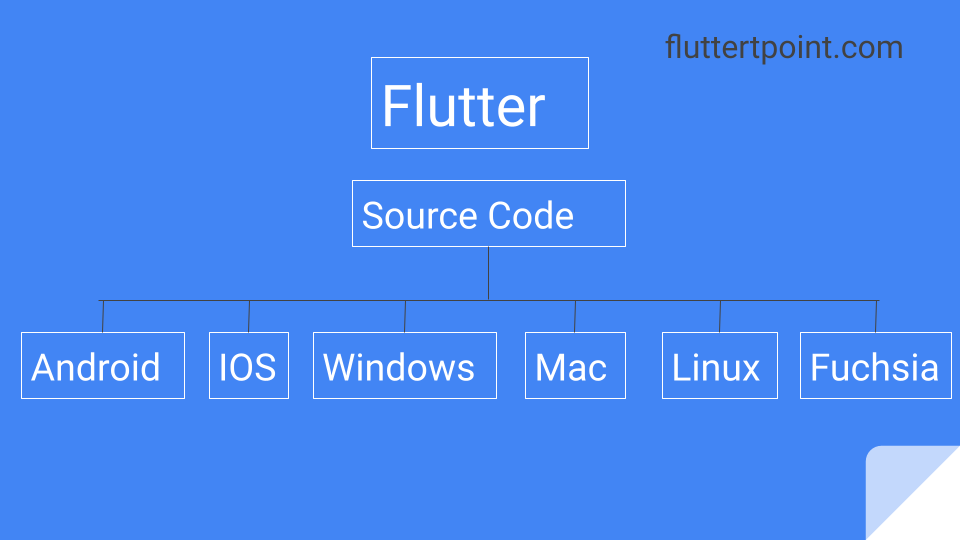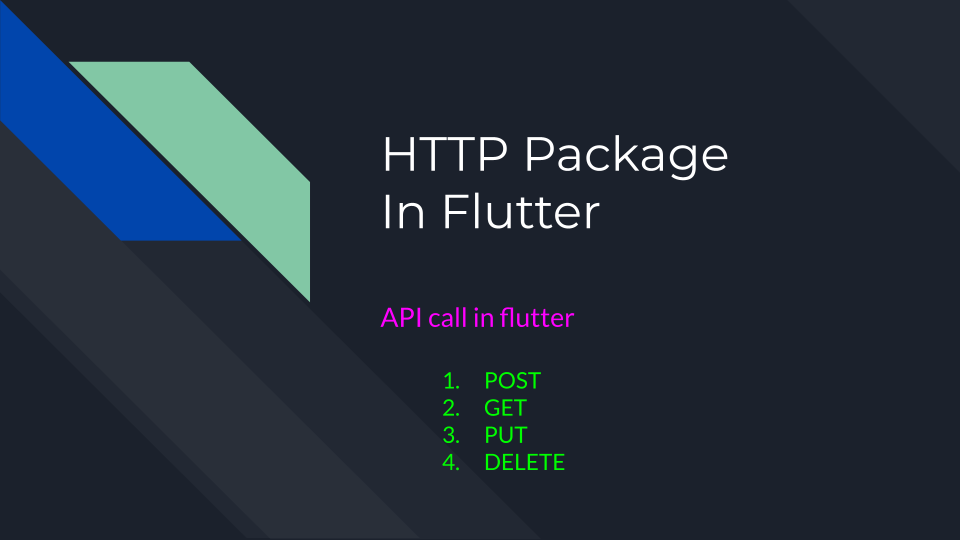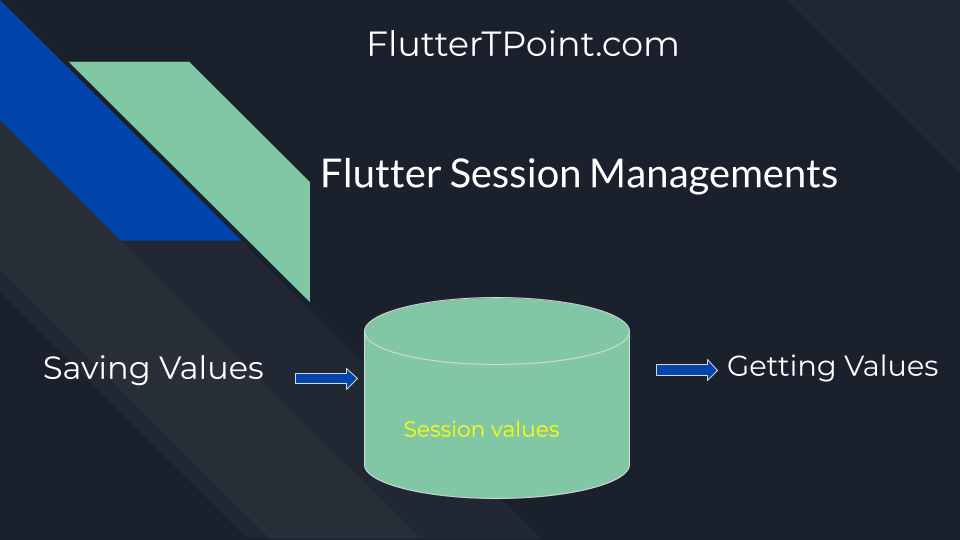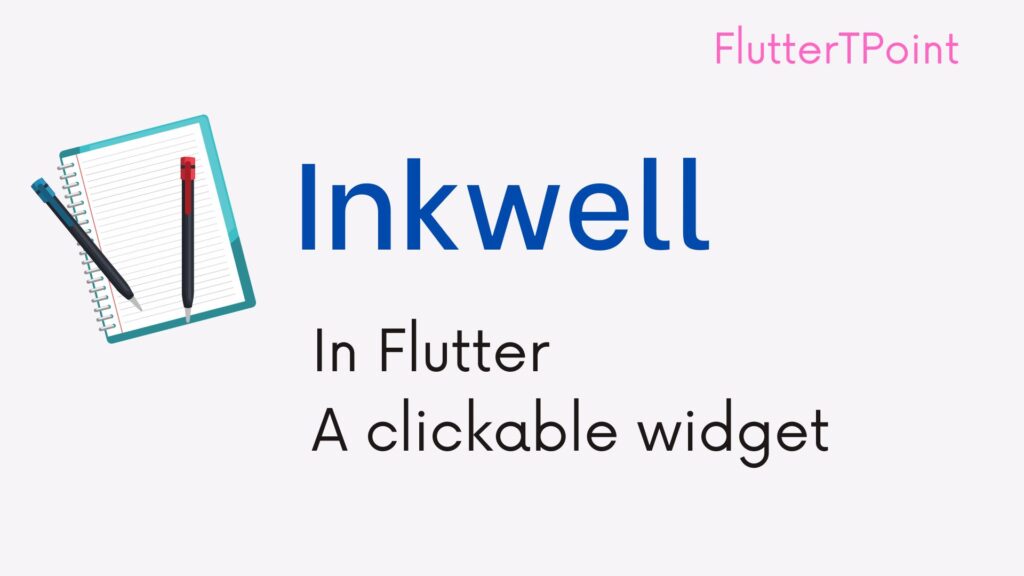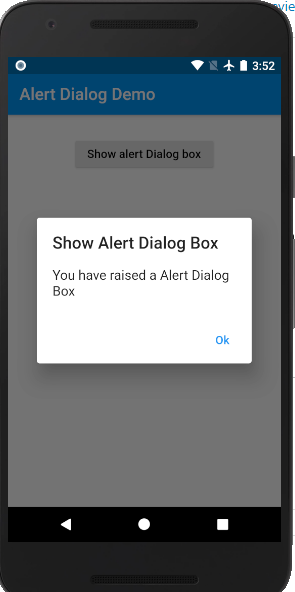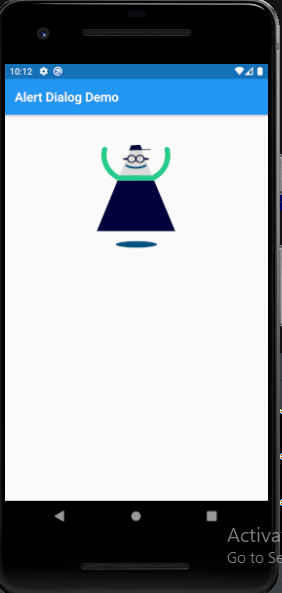In this article we are going to discuss the state management in flutter. Flutter, developed by Google, has become a popular framework for building cross-platform mobile applications. One of the key aspects of creating robust and responsive Flutter apps is effective state management. In this article, we will delve into the importance of state management and explore various techniques and libraries available to streamline the process. By the end, you will have a solid understanding of how to implement efficient state management in your Flutter projects.
Please see the full process and use of the state management below step by step.
1. Understanding State Management in Flutter:
State management refers to the process of handling and updating the state of your application. The state represents the data that determines how the user interface behaves. Flutter employs a reactive programming model, where changes to the state trigger updates in the UI, ensuring a smooth user experience.
2. The Significance of State Management:
Effective state management is crucial for developing Flutter apps that are scalable, maintainable, and performant. It allows developers to handle complex data flows, improve code organization, and separate the UI from the business logic. Proper state management leads to better app performance, reduced bugs, and enhanced developer productivity.
3. Built-in State Management in Flutter:
Flutter provides a built-in state management solution called “setState.” This method belongs to the StatefulWidget class and enables you to update the state of a widget and rebuild its UI. While setState is suitable for small-scale applications, it can become cumbersome to manage state across multiple widgets and screens in larger projects.
4. Exploring State Management Libraries:
To address the limitations of the setState approach, several state management libraries have emerged within the Flutter ecosystem. Let’s take a look at some popular ones:
- Provider: Developed by the Flutter team, Provider is a lightweight and flexible state management solution based on the InheritedWidget. It offers a simple yet powerful way to share and manage state across your app.
- Bloc: Built on top of the reactive programming model, Bloc is a predictable state management library that helps in separating the UI and business logic. It utilizes streams and events to manage state changes and offers a clear separation of concerns.
- Riverpod: Riverpod is a state management library for Flutter that offers a simple, yet powerful solution for managing and sharing state across your application. Developed by the same team behind Provider.
- MobX: MobX combines observables, actions, and reactions to achieve reactive programming in Flutter. It provides an easy-to-use and efficient way of managing and reacting to changes in the application state.
- setState: The low-level approach to use for widget-specific, ephemeral state.
- Redux: A state container approach familiar to many web developer.
- Fish-Redux : Fish Redux is an assembled flutter application framework based on Redux state management. It is suitable for building medium and large applications.
- GetIt: This is a simple Service Locator for Dart and Flutter projects with some additional goodies highly inspired by Splat. It can be used instead of InheritedWidget or Provider to access objects e.g. from your UI.
- Binder: This is a lightweight, yet powerful way to bind your application state with your business logic.
- GetX: A simplified reactive state management solution.
- States-Rebuilder: An approach that combines state management with a dependency injection solution and an integrated router. For more information, see the following info:
- Solidart : A simple but powerful state management solution inspired by SolidJS.
5. Choosing the Right State Management Approach:
The choice of state management approach depends on the complexity of your application and your specific requirements. While smaller projects might benefit from the simplicity of setState, larger and more complex projects often demand the use of dedicated state management libraries like Provider, Bloc, riverpod, or MobX.
6. Best Practices for Effective State Management:
To ensure efficient state management in your Flutter projects, here are some best practices to follow:
- Identify the scope of your state: Determine whether the state needs to be shared globally or confined to a specific widget or screen.
- Minimize unnecessary state updates: Avoid triggering unnecessary rebuilds by optimizing your widget tree and using immutable data structures.
- Leverage the power of Flutter’s built-in widgets: Widgets like ValueListenableBuilder, StreamBuilder, and FutureBuilder provide convenient ways to handle state changes.
- Separate UI and business logic: Use state management libraries that encourage separation of concerns, making your code more maintainable and testable.
- Utilize the Flutter DevTools: Flutter provides powerful debugging tools like the Flutter DevTools that allow you to inspect and track the flow of state changes in real-time.
Conclusion:
State management plays a vital role in Flutter app development, enabling developers to build scalable, responsive, and maintainable applications. By understanding the importance of state management and exploring various libraries and techniques, you can optimize your Flutter projects for performance and productivity. Remember to choose the right state management approach based on the complexity of your app and follow best practices to

